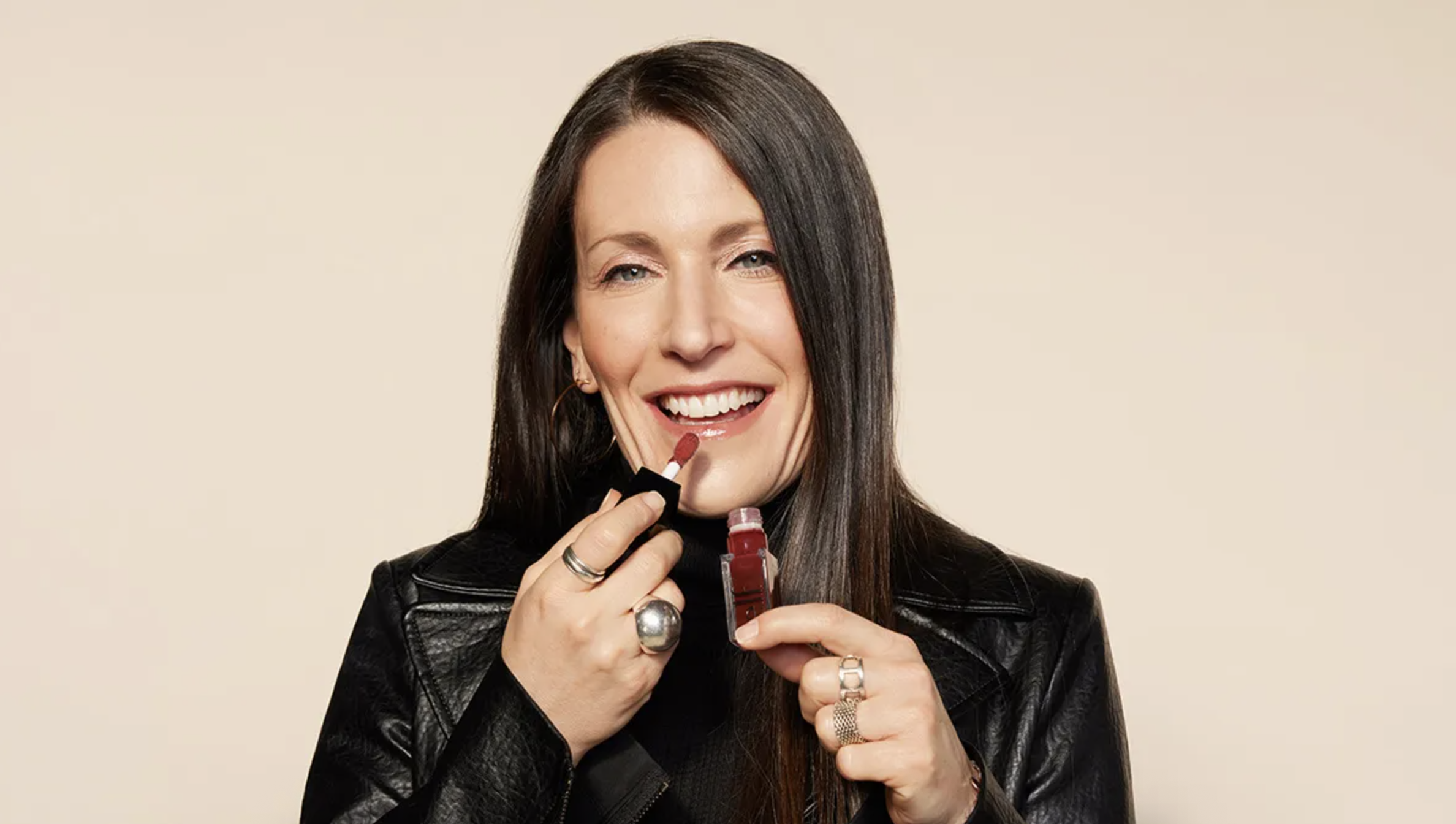By now, most brand strategists know that investing in women’s sport is no longer a fringe play - it’s one of the most high-impact, high-return moves in modern marketing. But what e.l.f. Cosmetics is building under CMO Kory Marchisotto isn’t just a sponsorship portfolio, it’s a blueprint for how purpose-led sports marketing can unlock both equity and mass-market opportunity.
From the PWHL to the NWSL, NASCAR to Twitch, and even the Super Bowl, e.l.f. isn’t “entering” sports - it’s rewriting the rules of engagement. Here’s why their approach is one every brand marketer should be studying right now.
1. This Is Access Marketing.
Marchisotto puts it best: e.l.f. isn’t selling makeup, it’s selling access. And that insight is what transforms each sports partnership into a cultural movement. By backing women athletes across underserved sports and untapped fanbases - from IndyCar’s Katherine Legge to Paralympic swimmer Anastasia Pagonis - e.l.f. is doing more than turning up. It’s holding the door open.
Stat to know: 94% of women in the C-suite played sports. e.l.f. connects the dots between access to sport and access to power - turning every sponsorship into a statement on leadership, visibility, and inclusion.
2. e.l.f. Sees the Gaps Where Other Brands See Risk
In a sports marketing landscape where only 9% of sponsorship dollars go to women’s sports (Sports Innovation Lab, 2023), most brands hesitate. e.l.f. acts. The brand's Super Bowl strategy? Spotting that 50% of the audience are women, but less than 1% of ads actually speak to them. Cue Jennifer Coolidge, age 60, in an unapologetically pink moment of disruption. And then back again the next year, with an 80-year-old fronting a spot. Proof that e.l.f. doesn’t just back underdogs - it centres them.
Brand move: Instead of following demographics, e.l.f. flips them into strategic insight. Where others see a women-heavy audience as irrelevant to sport, e.l.f. sees massive underexposure, and therefore, massive brand potential.
3. It’s Not Just Who They Sponsor - It’s How They Show Up
This isn’t about logo slaps and generic media buys. When e.l.f. activated around Katherine Legge at the Indy 500, the result was seismic. The brand’s installation had queues stretching for miles - surrounded by legacy oil and gas sponsors, e.l.f. became the symbol for a new era. A pink car, a female driver, and fans who’d never seen themselves reflected on track before. Emotional relevance, brand-first design, and disruption in one move.
4. From Twitch to Wrestling: Playing Where Others Aren’t
One of e.l.f.’s earliest moves was launching a Twitch channel (e.l.f. You) after discovering that 77% of women on the platform had experienced bullying. Rather than exit the space, e.l.f. created one. The channel became a digital sanctuary where makeup, gaming, and identity could coexist - with real talk, financial literacy, and leadership lessons thrown in. That same mindset led to the brand sponsoring women’s high school wrestling, now the fastest-growing girls’ sport in the US.
This is future-forward brand marketing. Less about being seen in all the usual places. More about finding where your audience isn’t yet seen, and turning up with purpose.
5. Partnerships With Cultural Architects, Not Just Teams
From Billie Jean King to Sarah Spain and the iHeart Women’s Sports Audio Network, e.l.f. aligns with changemakers. Their “Change the Board Game” campaign reframed leadership in a visual, viral way - pushing for more women and diverse leaders on corporate boards. The power here? Using sports not just for fan engagement, but as a lens to challenge systems and influence structures.
Why This Matters
e.l.f.’s model is proof that sports marketing - done right - is no longer about placing logos, it’s about placing values. In a media and cultural landscape where representation is the battleground, e.l.f. shows how beauty brands (and beyond) can activate in sport not to follow culture, but to build it.
For CMOs and strategists, this is a case study in:
Identifying underleveraged audience spaces
Reframing DEI into action-based strategies
Using brand as a bridge between access and equity
Understanding fan culture not by sport, but by unmet need
High-Impact Stats Recap:
94% of women in the C-suite played sport (EY)
Only 9% of sponsorship dollars go to women’s sport (Sports Innovation Lab, 2023)
50% of Super Bowl audience are women, yet less than 1% of ads target them (e.l.f. insight)
77% of women on Twitch report being bullied (e.l.f. research)
Women’s wrestling is the fastest-growing high school sport in the US (NFHS)
Final Word:
This is not a campaign playbook. It’s a paradigm shift. e.l.f. isn’t playing the sponsorship game. It’s changing it - and inviting the industry to rethink what sports marketing can do for brand equity, audience trust, and long-term cultural impact.
Check out the full interview on Adweek for deeper insights from Kory Marchisotto. https://www.adweek.com/brand-marketing/elf-cosmetics-sports-marketing-cmo-kory-marchisotto/
